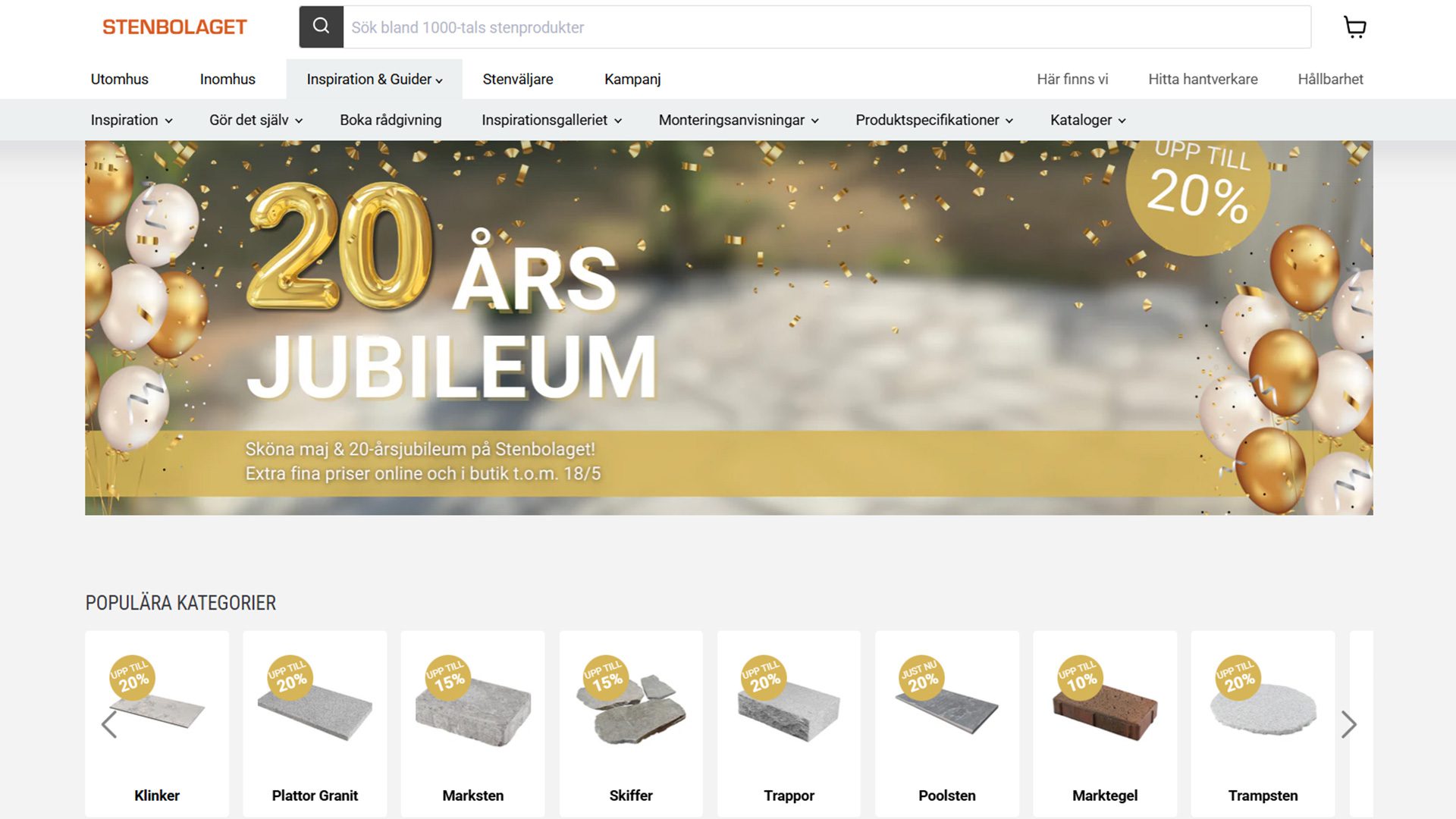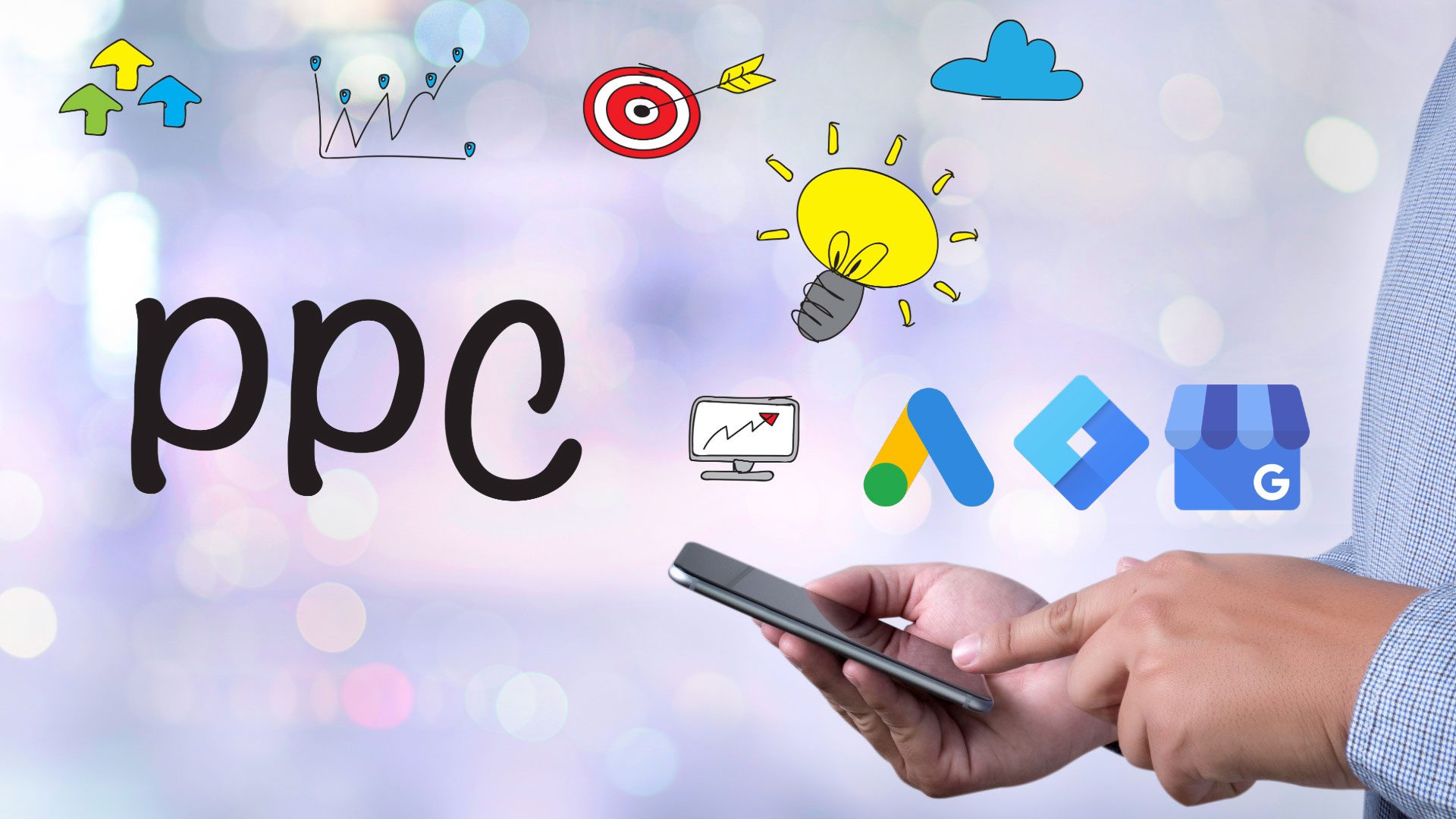Our Detroit online marketing company understands that it’s not enough to direct all kinds of traffic to your website. This is because you have to then convert those visitors into paying customers. If you fail to carry out this most crucial step, you probably won’t be in business very long. Whether you happen to be a developer, a designer, an entrepreneur, a startup founder, or an e-commerce provider, you should know that there’s one tried-and-true way to grow your business. That little secret weapon is a sales funnel.
Sales funnels don’t have any kind of physical presence of course, but they’re more of a process in which you lead potential customers through a series of stages, starting with the moment they become aware of your products or your brand. The culmination of the sales funnel is when that prospect finally makes a purchase and becomes a paying customer. All sales funnels have four distinct stages, and if you can guide a prospect through these, you’ll end up with a new customer for retaining.
- Stage one is awareness, as mentioned before, and it’s that moment when a customer becomes aware of your products.
- Second stage is when the customer becomes curious about your product, and thinks that it could be a potential solution to their problem.
- Stage three in the sales funnel is the decision stage. That’s when a potential customer decides that your product is the one that best meets their needs.
- Stage four is the action stage, and of course, that’s characterized by an actual buy of your brand’s products.
If you’re wondering how to go about creating a sales funnel, read below to find out the steps necessary to create a sales funnel. Hopefully, yours will convert visitors into paying customers.
Step 1 – Learn all you can about your Target Audience
The first step necessary in building a sales funnel is to thoroughly research your target audience. There are many things you need to know about them so you can craft the perfect message, in the hopes of engaging with them and convincing them to buy from you. You need to know what their pain points are and what they’re interested in. These are the things that motivate them to buy, and that means you’ll have to adapt your sales pitch to these characteristics.
You’ll also need to know what expectations they have of a product, so you can be sure that your product will be a good solution for them. You’ll also need to know which social media platforms they spend time on because that’s where you should also be spending time. It makes no sense for you to invest heavily in Facebook when most of your target audience is on Twitter.
But you do need to take advantage of the power of social media platforms. This is because the potential to reach new customers is far greater on social media than any other tactic you might use.
Step 2 – Create buyer personas
A buyer persona is an ideal customer, and to understand them, you’ll need to know exactly what kinds of things motivate your target audience. For instance, why are they interested in purchasing a product that you might provide to them? How will they make use of the products after they purchase them? What motivates them to buy the product in the first place?
When you’ve answered these questions, you will have created a buyer persona that is a reflection of a typical customer in your target audience. Once you have a good understanding of your target audience, you’ll know where to find them, how to address their pain points most effectively, and how to position your products and your brand be unique among your rivals.
That’s why obtaining this information is priceless, because it actually will determine how you carry out your marketing campaigns to best appeal to your target audience.
Step 3 – Develop a lead-generation strategy
After you have researched your target audience and developed some buyer personas, the next step would be for you to focus on your website and on generating leads.
There are some ways you can direct traffic to your website and generate leads, some of which include the following: optimize your landing page, conduct search engine optimization (SEO), use guest posting, take advantage of influencer marketing, use pay-per-click campaigns, and take advantage of social media advertising.
Step 4 – Engage and nurture your leads
Now that you’ve developed a strategy to build up traffic to your website and generate leads. It’s time to engage those leads and nurture them along the sales funnel. To help achieve this goal, you can create some engaging and useful blog posts that might be of interest to your target audience. Also, develop some informative and compelling videos, and use at least some of them to tell the story of your company.
Make use of those particular social media platforms your target audience spends time on. All this is to promote your posts in the hopes that they will be shared amongst many other users. You can engage the services of an online marketing company or social media influencers so they can promote your products, and encourage others to write reviews of their experiences with your products. Don’t forget to use email marketing for promoting any new content post, either on your website, social media or on other advertising channels.
Step 5 – Convert leads
The last step obviously is to convert leads into paying customers. In order to maximize your conversion rate, try to make it as simple as possible for customers to get all the way through the checkout process and complete the purchase.
Some of the tactics you can use to simplify things are to cut out any forms used in your checkout process and provide one-click sign-in options and one-click signups for any other offers you might have. Finally, and to the greatest extent possible, simplify your checkout and payment processes with the help of an online marketing company.




